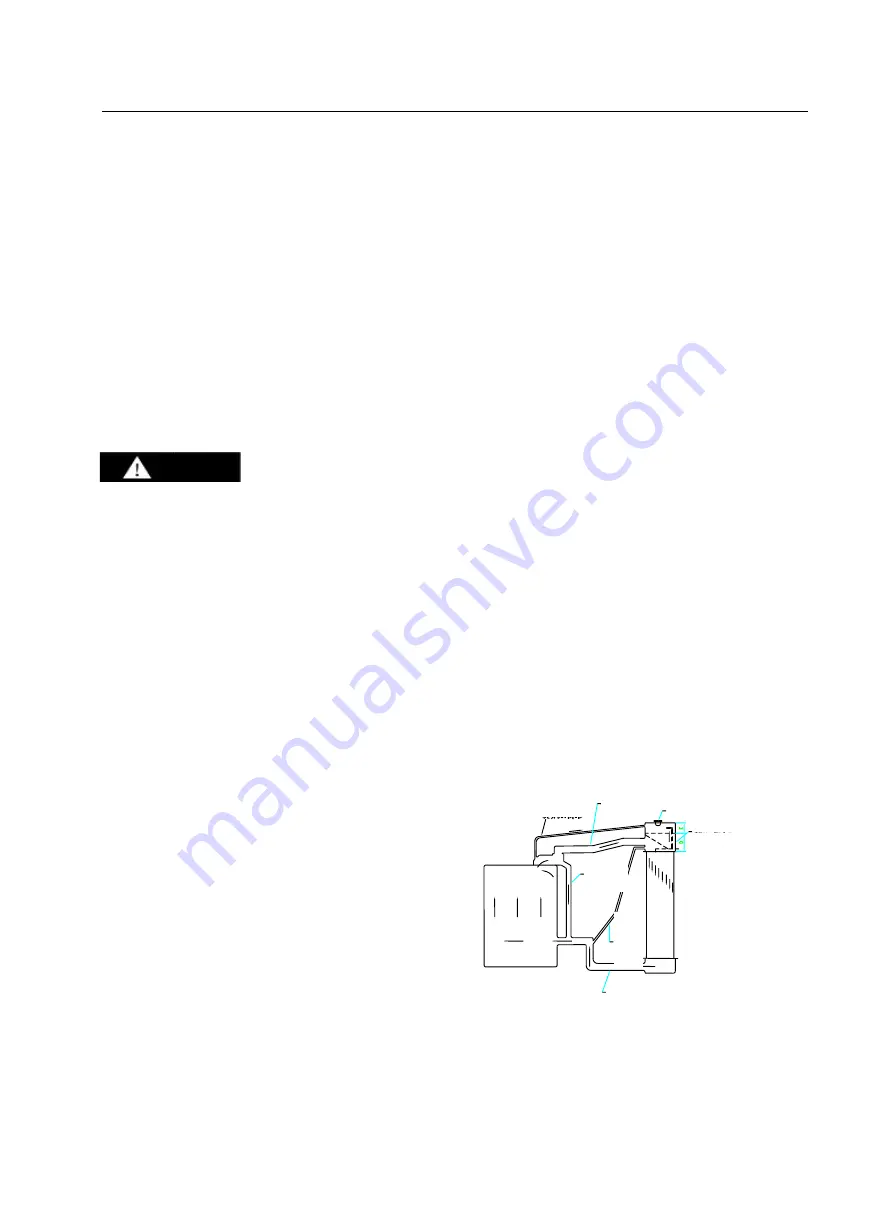
102
Usually the additives contain anti-rust agent, foam suppressing agent, coloring agents etc. The
anti-rust agent can delay or prevent the engine water jacket wall and the radiator from rusting or
corrosion. The air in the coolant will produce a lot of bubbles under the stirring of the blades of the
water pump, these bubbles will hinder the cooling water jacket wall from heat radiating. The foam
suppressing agent can effectively inhibit the generation of the bubble. Coloring agent normally makes
the coolant presenting blue-green or yellow for identification. In the process of engine operation, the
additive will gradually deplete. Therefore, it is quite necessary to replace the cooling liquid periodically.
Therefore, the normal maintenance of the engine coolant not only functions as good anti-rust,
anti-corrosion, furring generation to a variety of metals within the cooling system, but also effectively
reduces the cavitations erosion (cavitations erosion is a kind of damage phenomenon of the fluid
engineering, and the outer wall of diesel engine cylinder liner will also produce metal falling off
resulting from cavitations corrosion, and will gradually form a honeycomb-like with different diameter
sizes, and is damaged finally).
1. When the temperature is below 0
℃
, it is necessary to inspect the coolant concentration
regularly.
2. As for the region where the engine is operating above 0
℃
year around, the water via
anti-rust, and anti-furring treatment can be used as coolant, and it is forbidden to use
untreated water as the engine coolant.
.
5.5.2 ADDING COOLANT
1
.
The new machine or the engine after cleaning
the cooling system requests to add coolant,
or in case of adding coolant due to weather
conditions, the freezing point of the coolant
to be chosen shall be at least 5
℃
lower than
the local minimum temperature.
The total volume of engine cooling system is of
about 48L, while the water inlet room of the heat
radiator in the cooling system shall contain 6% of
the total volume as expansion volume and at
least 11% of the total volume of reserving water.
See right figure:
Water pipe of
Engine
Inlet water
pipe of heat
radiator
Pressure
cover
Upper water chamber of
heat radiator
E Expansion
space is of at least
6%
D reserving water
is of at least 11%
Bypass of
small cycling
(inside the
engine)
Water
returning
pipe or
water
refilling
pipe
Outlet water
pipe of heat
radiator
Warning
































